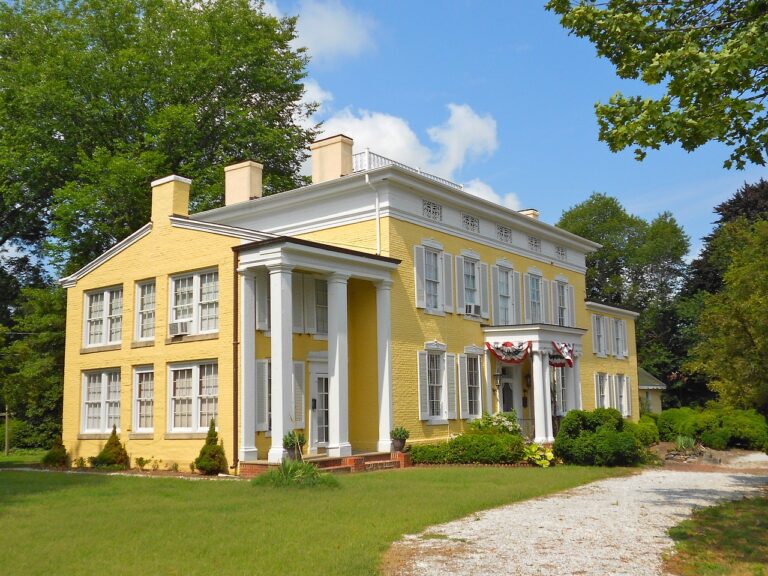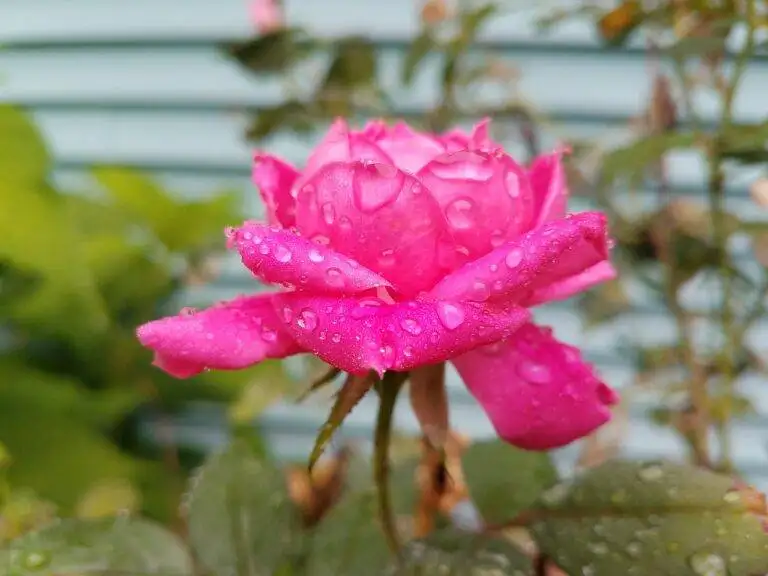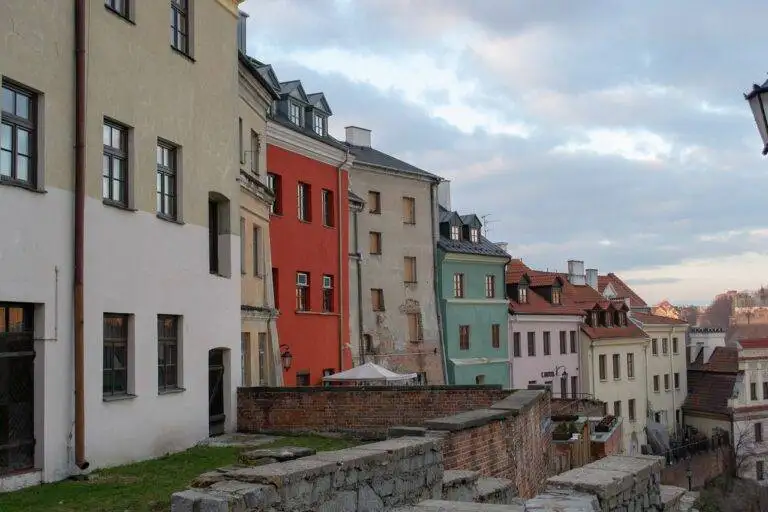Exploring the Psychology of Color in Home Interior Design
Color has the remarkable ability to evoke various emotions and significantly impact our mood. Different colors have unique characteristics that can influence how we feel in a space. For instance, cool colors like blues and greens are often associated with feelings of calmness and relaxation. On the other hand, warm colors such as reds and yellows can create a sense of energy and warmth in a room.
By understanding the psychological effects of colors, interior designers can strategically use color to enhance the ambiance of a space. Whether it’s creating a cozy atmosphere with rich earth tones or adding a touch of sophistication with sleek neutrals, the choice of color in interior design plays a crucial role in setting the mood of a room. The right combination of colors can transform a space and evoke a desired emotional response from those who experience it.
The Use of Warm Colors in Interior Design
Warm colors, such as red, orange, and yellow, are often incorporated into interior design to create a cozy and inviting atmosphere. These hues are known to evoke feelings of warmth, energy, and positivity in a space, making them popular choices for living rooms, kitchens, and dining areas. When used strategically, warm colors can help make a room feel more intimate and welcoming, encouraging social interaction and creating a sense of comfort for those who inhabit the space.
In addition to their ability to create a cozy ambience, warm colors can also have a stimulating effect on the occupants of a room. Shades like red and orange are believed to increase appetite and metabolism, which is why they are commonly used in dining areas. Similarly, yellow is known to promote creativity and mental activity, making it a great choice for workspaces and study areas. By incorporating warm colors into the design of a space, interior designers can not only influence the mood and ambiance of a room but also enhance the overall experience of those who use it.







